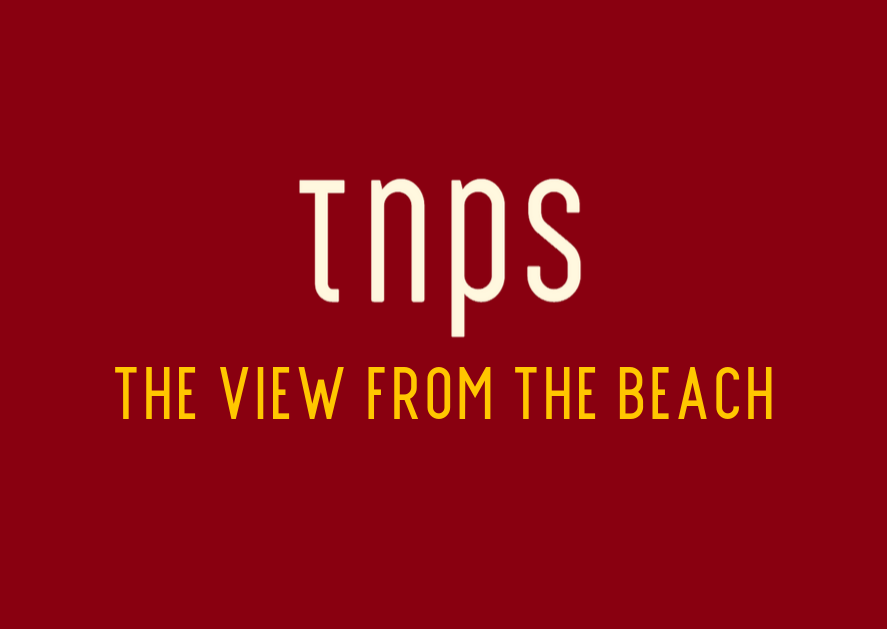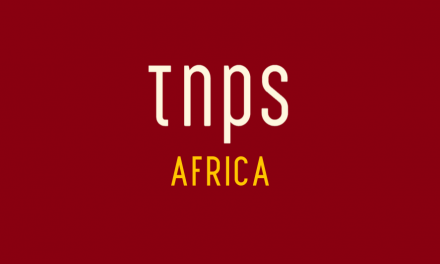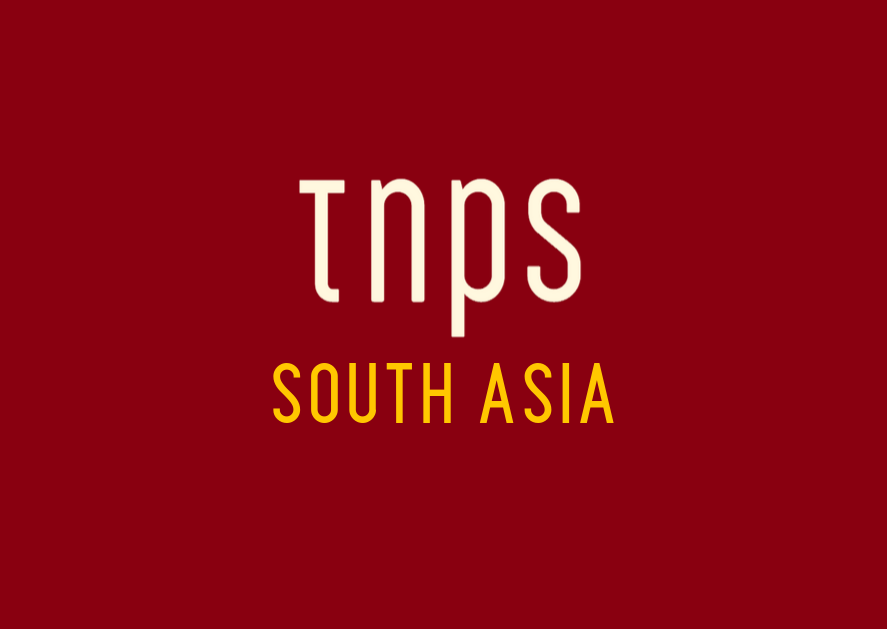Neil Gaiman’s Sandman is no stranger to options. The graphic novel has been in line to become a feature film on a few occasions, reports The Hollywood Reporter, but none managed the distance.
One reason was summed up by screenwriter Eric Heiserrer, who said in 2016,
the best version of this property exists as an HBO series or limited series, not as a feature film, not even as a trilogy … The structure of the feature film really doesn’t mesh with this. So I went back and said here’s the work that I’ve done. This isn’t where it should be. It needs to go to TV.”
Now a deal is about to be signed for a “massive financial deal with Warner Bros” for a live-action TV series on Netflix that will be “the most expensive TV series that DC Entertainment has ever done. “
At a time when the streaming services have been increasing their spending on original content it’s notable that HBO, part of Warner Bros. which owns the Sandman IP, didn’t bid, leaving Netflix the player that could most afford the price.
The Hollywood Reporter notes,
Since parting ways with Marvel, Netflix has aggressively pursued big-name IP — like Magic: The Gathering, The Chronicles of Narnia and the works of Roald Dahl — as the streamer courts new subscribers with exclusive new takes on beloved franchises.
And that’s the real story here.
Britain’s The Times this week took up the story of the latest slip in print book sales in the UK, and ran with a nonsense headline and briefing:
Britons are shunning novels in favour of box sets as the golden age of television captivates viewers.
Sales of physical fiction books fell by 9 per cent in Britain last year, the sharpest drop of recent years, with rising sales of audiobooks and ebooks only partially offsetting the decline.
The novel is struggling to compete with alternative forms of storytelling as streaming giants such as Netflix and Amazon pump billions of pounds into programming, industry figures said.
Broadcasters including the BBC and Sky are also investing heavily in drama and putting more content online.
“One of the difficulties that fiction comes up against is the sheer pressure on people’s leisure time,” Stephen Lotinga, chief executive of the Publishers Association (PA), which compiled the figures, said.
Not to turn this into a debate about Stephen Lotinga, who otherwise does a sterling job at the PA, but does this attention-challenged narrative really stand up to scrutiny, or should it join “screen fatigue” in the dustbin of instant-excuses that are only ever trotted out whenever the figures aren’t favourable?
Here’s the thing. The same report that has Lotinga explaining the role of TV streaming in undermining reading habits is also telling us digital sales were up.
Wait. What? But how can this be when everyone is screen fatigued?
Ah, but its digital audio, they will say. No screens involved. Which has an element of truth, but the latest fad excuse is time. So consumers can find time to listen to a 20 hour audiobook but not find a moment to read the book in text form, which they’d probably get through in a fraction of the time.
Sure, audiobooks while driving or mowing the lawn will be a factor. But for commuters on a train, digital text or audio is much the same thing.
Okay, so the current digital boost is not enough to offset the 9% print drop, but what we have to bear in mind here is that the PA figures reflect mainstream publishing with its heavy reliance on print and, in recent years, the deliberate decision the Big 5 publishers took to raise ebook prices to dampen ebook sales.
What we’re not seeing here is the revenue and sales from the digital-centric publishing element that does not report to the PA. Amazon imprints, for example, or self-publishers, or any number of smaller mainstream publishers.
Amazon does not give out figures for its own imprint sales, but it does tell us how much it pays out each month for the Kindle Unlimited “pot” which is shared amongst participating self-publishing authors in the Kindle Unlimited ebook subscription service.
In the first five months of 2019 Amazon has paid out $120.9 million. Through the twelve months of 2018 the total Kindle pot payout to self-publishing authors using Kindle Unlimited (quite separate from regular retail ebook sales at Amazon) amounted to $217.9 million.
Ad of course Amazon is just the largest, but by no means the only, ebook show in town.
That’s not just the UK, of course, but it puts some context around the PA and AAP figures when they assert ebooks are yesterday’s news and then look to cast streaming as the latest bogeyman for any decline in sales.
Those arguments become even more implausible when we factor in downloads from digital libraries where (again not just UK, but indicative of the bigger picture) OverDrive last year clocked 274 million digital downloads.
And then we can factor in all the other ways in which reading has not so much declined as simply moved from an exclusively ink and paper model where PA and AAP members very much controlled the show, to a liberated any-format-goes model where mainstream publishers competes with many more content suppliers and through many more consumer points than even existed 10-15 years ago.
At which point we can come full circle and imagine how many new copies of Gaiman’s Sandman will fly out when the TV series does finally stream. We can look at the book sales of any number of TV and film adaptations to see that streaming is no more a threat to book sales today than regular TV and cinema have been in the past.
People may or may not be reading as much. But to know that for sure we need to be able to look at all the reading options, not just the traditional sector represented by the PA and the AAP.
No doubt some less enthusiastic readers do watch more TV nowadays because there’s so much more to watch than before.
But there’s also so much more to read than before.
Traditional TV broadcasters have seen their consumption fall as viewers discover the alternatives and migrate to pastures new. No-one is suggesting TV viewing is on the wane.
Maybe it’s time the AP and the AAP began acknowledging that some of their core readership has simply migrated to other reading options they’d rather not talk about.





